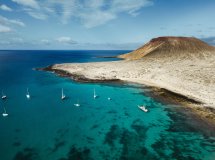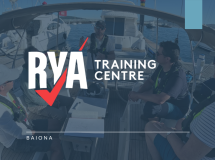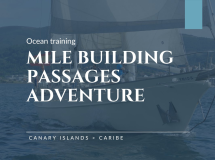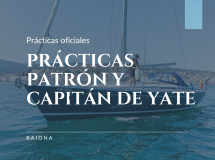Program: 2 hours of Theory and 4 hours of Practices, Sailing License Certificate.
Timetables: Theory 10:00am- 12:00pm and 12:00pm to 4:00pm practical hours.
Puerto Base, Monte Real Club Yates Bayonne.
PRACTICAL SYLLABUS. (4 hours):
Paragraph 1. Safety and checks before going out to sea.
• Knowledge and management of safety equipment.
o Use of the life jacket and recognition of its elements. Importance of its fit and placement.
o Hand flares, precautions in their handling and explanation of their use.
o Managing the fog horn and the
o Handling the heliograph.
o The drain pump.
o The on-board kit and its contents.
• review of the critical points of the boat
or background faucets,
or horn,
or rudder wick,
or portholes and
or other openings in the helmet.
O
• Checks prior to departure to the sea.
or general condition of the vessel,
or dump it,
or checking for empty spaces,
or fuel level,
or drinking water,
or charge the batteries.
o Checking the maximum number of people on board
o Verification of the validity of security elements.
Paragraph 2. Engines.
• Checks prior to starting the engine:
• absence of explosive atmospheres,
• levels,
• deadlock and
• starting battery charging.
• Heating alarm
• oil level.
• Engine start and coolant pump operation checks, exhaust smoke color and engine sound
Outboard motors: peculiarities and precautions in their handling.
Jet propulsion: characteristics, trigger accelerator and precautions for the pump and nozzle area (possible harm to people).
man systems to the water (automatic shutdown).
Paragraph 3. Cabuteria.
• Way to make a cape firm in cleats and bagpipes.
• Adduce
• Crossbow
• Guide ace
Paragraph 4. Maneuvers.
• Dock maneuvers,
• docks and undocks.
• Safety speed.
• Precautions before leaving the mooring:
or other vessels,
The obstacles
or ends in the water.
• Undocking maneuver depending on wind and current.
• Effects of propeller rotation on maneuvering.
• Evolution going back and forth.
• Sciaboga.
• Evolution curve.
• Safety speed.
• Viewing angles and maneuvering at breakwater tips and other places without visibility.
• Recognition of mooring points on land.
• Preparation of moorings on board.
• Placement of the fenders and precautions when being surrounded.
• Approach to the berth.
• Uses of the animal basket.
• Use of moorings: lengths, crossbars and sprints.
• Way of attaching to bagpipes, norays and rings.
• Docking depending on wind and current.
Paragraph 5. Anchorage,
• Anchorage choice factors:
the shelter,
or wind,
The current
or fork.
• Sand, mud and gravel anchorages, special features.
• Chain length depending on the background and sea and wind conditions.
• Make the anchorage firm. draft
• Take.
• Precautions for bathers and divers: When approaching and leaving the anchorage, when starting the engine while at anchor.
Paragraph 6. Safety maneuvers.
• Safety maneuvers
• Identification of the different risks of falling into the sea.
• How to proceed in case of a man in the water.
Read more




